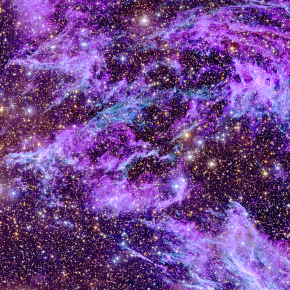Explosive Phenomena ________________________________________
The explosive fate of stars is a major issue for the formation of compact objects, the signatures of the first generation of stars, the enrichment of the surrounding medium, the physics of ejecta, and so on. The theory of thermonuclear supernovae has made considerable progress, with simulations of new scenarios (white dwarf collisions, double He/C detonations, sub-luminous explosions) and the observational identification of new categories. Simulations of gravitational supernovae suggest that the explosion is linked to hydrodynamic instabilities that induce inhomogeneous nucleosynthesis and determine the speed and rotation of pulsars at their birth. The signature of the explosion mechanism is more directly associated with the temporal modulation of the neutrino flash.
Observations of superluminous supernovae suggest other mechanisms based on the interaction of ejecta with circumstellar shells, pair instability explosions or the rotational deceleration of a magnetar. Although it is now well established that long gamma-ray bursts are associated with the collapse of certain massive stars, and that metallicity plays an important role in the evolution of their progenitor stars, precise knowledge of the conditions required for the formation of these jets is still a long way off. Multi-messenger observations have confirmed the existence of kilonovae. Their association with short gamma-ray bursts, their physics and their role in the enrichment of heavy elements in the universe remain to be confirmed and studied. Large-scale transient sky surveys are uncovering new classes of phenomena, such as FBOTs (Fast Blue Optical Transients), which add new information to our understanding of starbursts.




